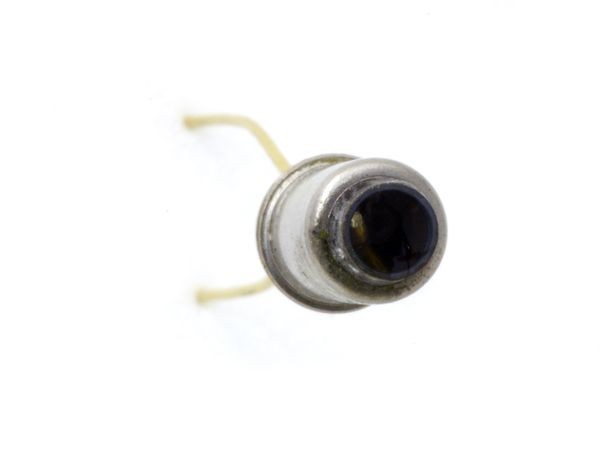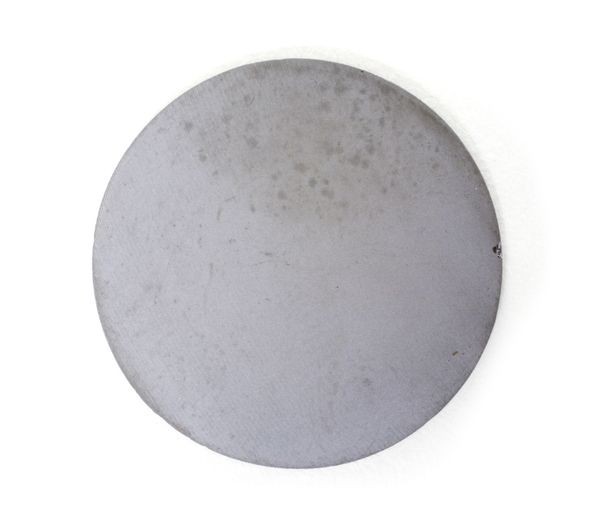Fairchild Semiconductor founders
Fairchild Semiconductor Corporation founders
Fairchild founders pose under the “Flying F” logo in the company’s Mountain View lobby. From left: Gordon Moore, Sheldon Roberts, Eugene Kleiner, Robert Noyce, Victor Grinich, Julius Blank, Jean Hoerni and Jay Last.
Silicon Valley's first silicon spin-out
After leaving Bell Telephone Laboratories, William Shockley founded Shockley Semiconductor Laboratory in Mountain View, near his Palo Alto childhood home.
Shockley’s engineering genius didn’t translate into management genius. In 1957, eight dissatisfied scientists quit to create Fairchild Semiconductor Corporation. Good timing: Sputnik was launched one month later, and the Space Race accelerated demand for silicon transistors.
William B. Shockley (1910-1989)
The co-inventor of the transistor founded Shockley Semiconductor Laboratory in 1955 "to engage promptly and vigorously in activities related to semiconductors." He recruited "the most creative team in the world for developing and producing transistors."
View Artifact DetailNobel Prize celebration
At Rickey’s hotel in Palo Alto, William Shockley celebrated the news of his 1956 Nobel Prize in Physics with his employees, including Jay Last, Gordon Moore, Robert Noyce and Sheldon Roberts.
View Artifact DetailSilicon Valley's First Chip Company
Shockley Semiconductor Laboratory, Silicon Valley’s first chip company missed the silicon transistor market, focusing instead on an ill-fated four-layer diode for telephone systems.
Shockley four-layer diode brochure
This brochure promotes Shockley’s 4-layer PNPN diode for switching applications. Shockley Semiconductor Laboratory was acquired by Clevite Corporation and renamed Shockley Transistor.
View Artifact DetailFour layer diode in can, Shockley Semiconductor Lab., circa 1960
This diode is from Shockley's lab.
View Artifact DetailFour layer photosensitive diode in can, Shockley Semiconductor Lab., circa 1960
This diode is from Shockley's lab.
View Artifact Detail7/8-inch silicon wafer, Shockley Semiconductor Lab., circa 1960
This wafer is from Shockley's lab.
View Artifact DetailFour-layer diodes, Shockley Semiconductor Lab., circa 1960
The Shockley diode’s PNPN structure could replace three transistors.
View Artifact DetailFour layer photosensitive diode in can, Shockley Semiconductor Lab., circa 1960
This diode is from Shockley's lab.
View Artifact DetailSilicon ingot, Shockley Semiconductor Lab., circa 1960
This ingot is from Shockley's lab.
View Artifact DetailRelated Content
Learn more about William Shockley and how silicon came to Silicon Valley
William Shockley introduces silicon to Silicon Valley
William Shockley wins the Nobel Prize in Physics
Fairchild Semiconductor produces Silicon Valley’s first commercial devices









